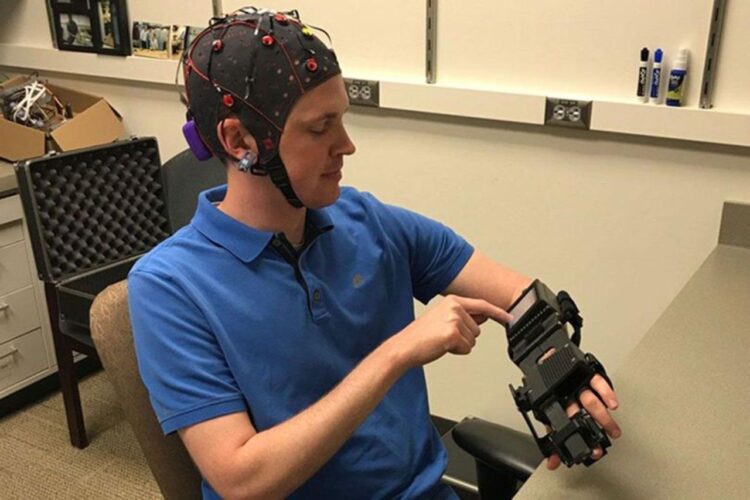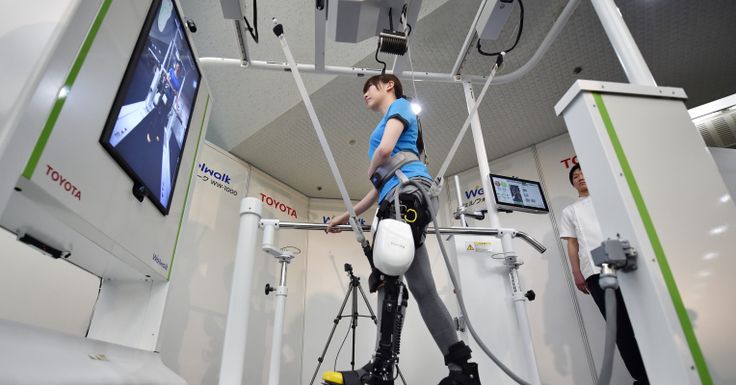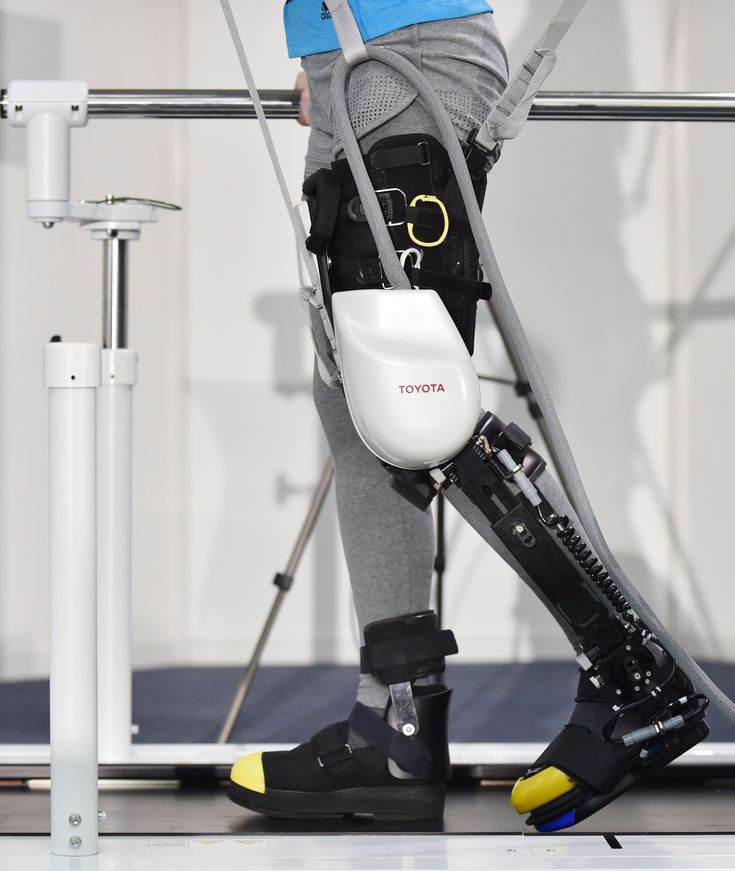Paralysis has long been a debilitating condition that severely impacts the lives of millions worldwide. However, recent advancements in robotic technologies are offering new hope for patients suffering from various forms of paralysis. According to new research, robotics are not only assisting patients with movement but also playing a significant role in neural rehabilitation. This article explores how robotics are transforming paralysis recovery, highlights groundbreaking studies, and discusses the potential future of this life-changing technology.
Section 1: Understanding Paralysis and Its Causes Paralysis refers to the loss of muscle function in part of the body, typically caused by damage to the nervous system.
It may be temporary or permanent and can affect any part of the body. The primary causes include:
A. Spinal cord injuries
B. Stroke
C. Multiple sclerosis
D. Cerebral palsy
E. Neurodegenerative diseases
F. Traumatic brain injuries
Paralysis can be categorized based on the extent and location of the impairment: A. Monoplegia – affecting one limb B. Hemiplegia – affecting one side of the body C. Paraplegia – affecting both legs D. Quadriplegia – affecting all four limbs
For decades, treatment has focused on physical therapy, medications, and surgeries. Yet, outcomes have been limited for many patients, especially those with severe injuries. The emergence of robotic systems marks a turning point in how recovery can be approached.
Section 2: What Are Rehabilitation Robotics?
Rehabilitation robotics refers to robotic devices designed to assist in the recovery of physical function following injury or illness. These devices are used in clinical and home settings to aid patients in relearning motor skills and rebuilding muscle strength. They include:
A. Exoskeletons: Wearable robotic suits that enable patients to stand and walk.
B. Robotic arms and limbs: Assist upper body movements.
C. End-effector robots: Attach to limbs and guide movement along pre-set paths.
D. Virtual reality-integrated systems: Combine robotics with immersive experiences for improved motor learning.
These robots work in conjunction with therapists to provide consistent, repeatable, and quantifiable rehabilitation exercises, often tailored to the individual’s progress.
Section 3: How Robotics Support Neural Recovery Recent studies suggest that robotic therapy contributes not only to physical support but also to neurological regeneration. Here’s how:
A. Neuroplasticity Activation: Robotic movement stimulates the brain to form new neural pathways, enhancing neuroplasticity.
B. Repetition and Intensity: Robotics provide high-frequency and consistent movement, essential for motor recovery.
C. Feedback Mechanisms: Real-time data and sensory feedback help patients adapt and improve their motor control.
D. Motivation Boost: Interactive and gamified robotic sessions keep patients engaged and committed to their therapy routines.
A study published in Nature Neuroscience found that patients with partial spinal cord injuries showed significant improvement in walking ability after 12 weeks of robotic-assisted therapy.
Section 4: Real-World Applications and Success Stories Robotics are being utilized in various clinical trials and rehabilitation centers with promising results. Some notable applications include:
A. Ekso Bionics Exoskeleton: Used in rehabilitation centers globally, enabling patients with spinal cord injuries to stand and walk.
B. ReWalk Robotics: Approved by the FDA, this wearable suit assists paraplegics in upright movement.
C. HAL (Hybrid Assistive Limb): Developed in Japan, HAL has been instrumental in stroke recovery by synchronizing with brain signals.
D. Lokomat: A robotic gait training device used extensively in physical therapy for spinal injury and stroke patients.
One case involves a 29-year-old man with paraplegia who regained partial walking ability after undergoing six months of robotic-assisted rehabilitation, combined with electrical stimulation and intense physical therapy.
Section 5: Benefits of Robotic-Assisted Therapy The advantages of integrating robotics into rehabilitation are substantial:
A. Enhanced Recovery Outcomes: Increased mobility and faster recovery timelines.
B. Standardized Therapy: Consistent and replicable movements reduce therapist error.
C. Extended Access: Home-based robotic devices allow more frequent sessions.
D. Data-Driven Progress: Tracking improvements and tailoring therapy accordingly.
E. Reduced Therapist Strain: Robots handle the physical burden of repetitive tasks.
In studies comparing robotic-assisted therapy with conventional methods, patients using robotic systems demonstrated greater improvements in walking speed, balance, and endurance.
Section 6: Challenges and Limitations Despite the advancements, there are challenges to widespread adoption:
A. High Costs: Robotic devices and maintenance are expensive.
B. Accessibility: Limited to major hospitals and urban centers.
C. Learning Curve: Patients and therapists require training to use equipment.
D. Insurance Barriers: Coverage for robotic therapy remains inconsistent.
E. Not Universally Effective: Results vary depending on the severity and type of paralysis.
Section 7: The Future of Robotics in Rehabilitation The future of robotics in paralysis treatment is promising, with ongoing research focusing on:
A. Brain-Machine Interfaces (BMI): Devices that translate brain activity into movement.
B. AI Integration: Personalized therapy plans based on machine learning.
C. Miniaturization: Compact and affordable robotic devices for home use.
D. Biomechanical Sensors: Real-time feedback to enhance adaptive therapy.
E. Tele-rehabilitation: Remote therapy using connected robotic systems.
Startups and established tech companies are increasingly investing in wearable robots and smart therapy systems, aiming to make them more accessible and efficient.
Conclusion
The integration of robotics into paralysis rehabilitation is reshaping the landscape of recovery. With proven benefits in restoring mobility, enhancing brain function, and motivating patients, these technologies offer a renewed sense of hope. While challenges remain, continued innovation and increased accessibility could revolutionize how we treat paralysis in the years to come. For patients and practitioners alike, the future looks increasingly mobile—and robotic.









